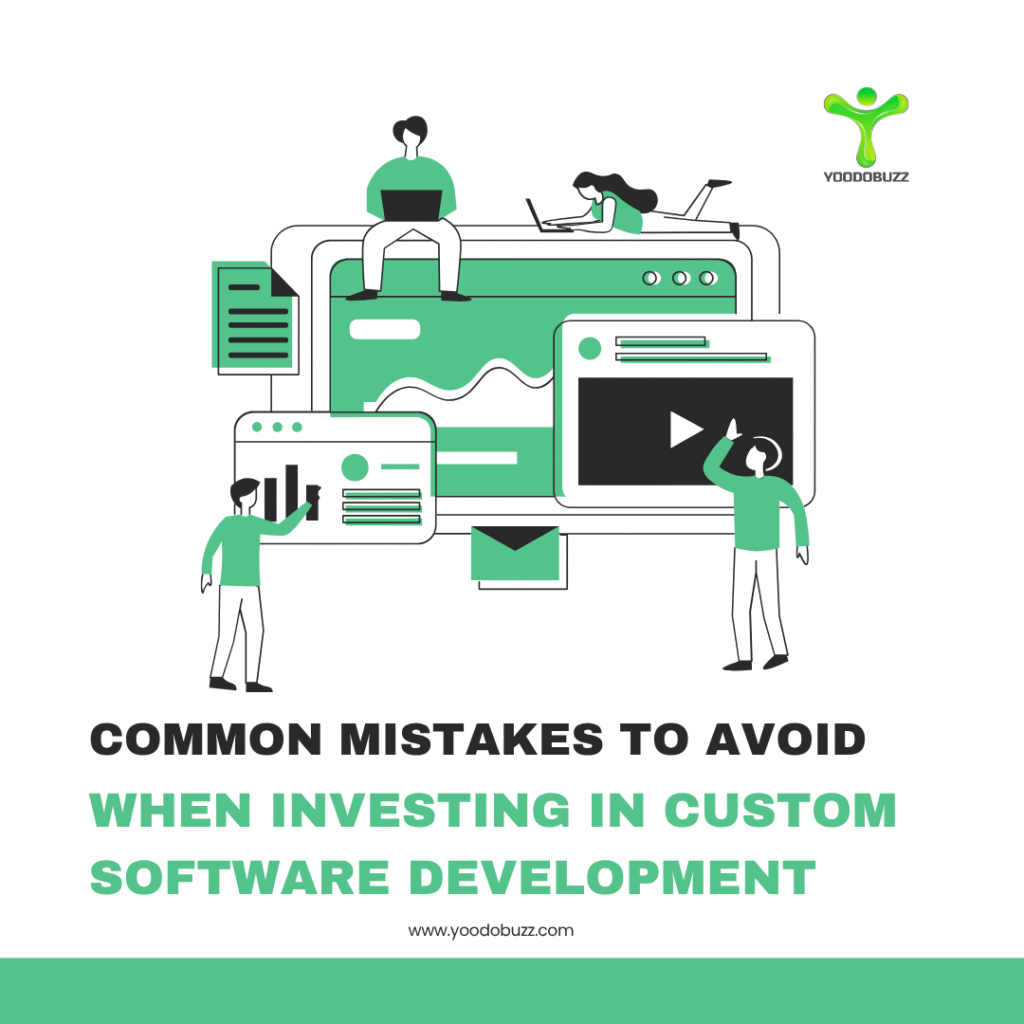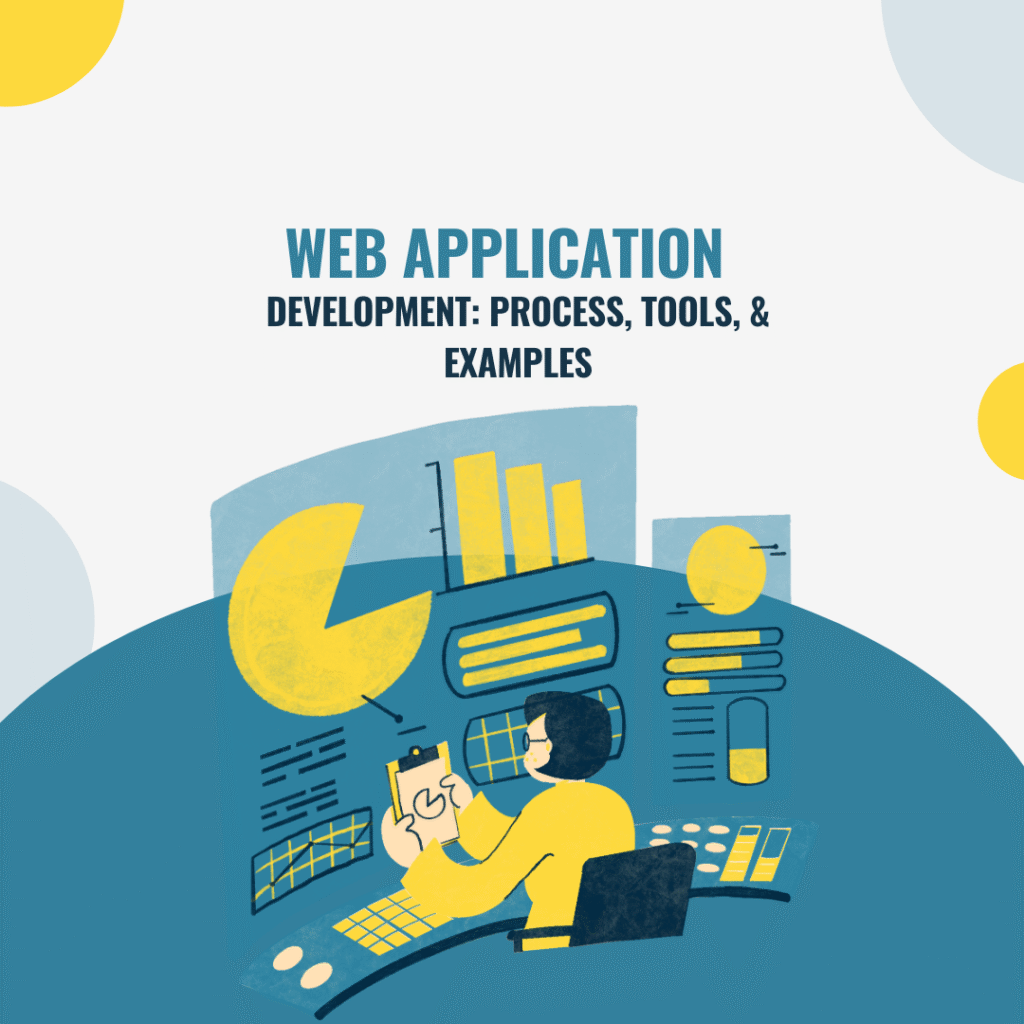In today’s fast-evolving digital world, businesses are increasingly turning to custom software development to streamline operations, improve efficiency, and deliver personalized user experiences. However, while custom-built software offers immense potential, many companies make critical mistakes during the development process — leading to wasted time, overspending, and poor results.
To help you make the most of your investment, here are some common mistakes to avoid when investing in custom software development, along with expert insights on how to prevent them.
1. Lack of Clear Objectives and Requirements
One of the most common pitfalls in software development is starting without a well-defined goal. Many businesses have a vision but fail to document detailed requirements such as user needs, functionality, and desired outcomes.
How to avoid it:
Clearly outline the problem your software aims to solve.
Define your business goals, target users, and essential features.
Create a Software Requirements Specification (SRS) document before development begins.
Having clarity from the start ensures the development team aligns perfectly with your expectations.
2. Ignoring Scalability and Future Growth
Businesses often focus on immediate needs and overlook future scalability. As your company grows, your software should be able to handle increased traffic, new features, and changing workflows.
How to avoid it:
Choose a flexible architecture and tech stack that supports upgrades.
Plan for future integrations with third-party tools.
Work with a development partner who understands long-term scalability.
Scalability is key to ensuring your software continues to perform well as your business expands.
3. Underestimating Budget and Timeline
Many businesses start software projects without realistic timelines or budgets. Unexpected changes, feature additions, or unclear priorities can lead to overspending and delays.
How to avoid it:
Set a realistic budget that includes buffer costs for revisions.
Break the project into phases or milestones for better cost control.
Communicate regularly with your development team to track progress.
A clear budget and timeline plan help keep the project on track and avoid costly surprises.
4. Choosing the Wrong Development Partner
Selecting the right software development company is one of the most crucial decisions. A wrong choice can lead to poor communication, lack of technical expertise, or missed deadlines.
How to avoid it:
Research the company’s portfolio, client reviews, and expertise in your domain.
Ensure they follow agile methodologies for flexibility and transparency.
Check if they provide post-launch support and maintenance.
A skilled and reliable development partner will not only deliver quality software but also provide guidance throughout the project.
5. Skipping User Testing and Feedback
Launching software without adequate testing or user feedback is a costly mistake. Even well-designed software can fail if it doesn’t meet user expectations or has usability issues.
How to avoid it:
Conduct usability testing at multiple stages of development.
Involve end-users early to gather feedback on functionality and design.
Use beta testing before final launch to fix potential issues.
User testing ensures your final product is both functional and user-friendly.
6. Overlooking Maintenance and Support
Software development doesn’t end at deployment. Without ongoing maintenance, your software can quickly become outdated or vulnerable to security threats.
How to avoid it:
Discuss a long-term maintenance plan with your development team.
Schedule regular updates, bug fixes, and security checks.
Monitor performance metrics to identify and address issues early.
Continuous maintenance keeps your software efficient, secure, and aligned with evolving business needs.
7. Ignoring UI/UX Design
Even the most powerful software can fail if it’s difficult to use. A poor user interface or complex navigation can drive users away.
How to avoid it:
Invest in a strong UI/UX design process.
Focus on simplicity, accessibility, and visual appeal.
Ensure the design aligns with your brand identity and user expectations.
A user-friendly interface enhances engagement and satisfaction, contributing to your software’s success.
Conclusion
Investing in custom software development can transform your business operations, but success depends on careful planning, the right partnerships, and continuous improvement. Avoiding these common mistakes will help you save time, reduce costs, and ensure your software delivers lasting value.
At YoodoBuzz, we specialize in creating tailor-made software solutions that combine innovation, scalability, and performance — helping businesses grow smarter and faster.



